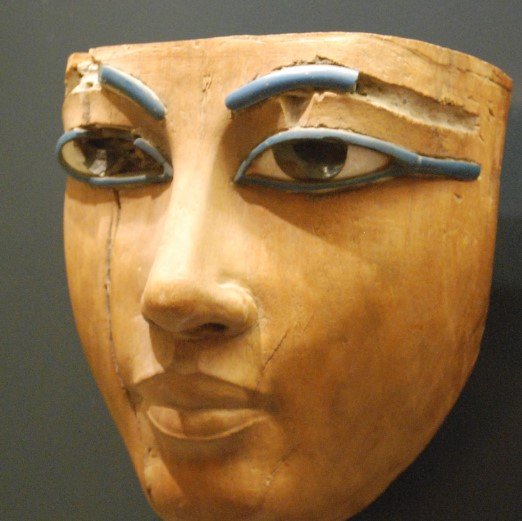Egypt has successfully regained 25 ancient artifacts, including golden masks and statues, following years of legal and diplomatic efforts with the United States. These treasures, looted and smuggled out of Egypt, were officially returned to Egyptian officials in Cairo on May 12, 2025.
A Milestone for Cultural Heritage
The repatriation of these items marks a significant achievement in the ongoing battle to protect Egypt’s ancient cultural heritage. The artifacts, which span several centuries of Egyptian history, were handed back after a three-year diplomatic and legal struggle between US authorities, private collectors, and Egyptian officials.
Among the most notable items are gilded wooden coffin lids, funerary masks, jewelry, and a Fayum mummy portrait dating between the first and third centuries CE. These pieces represent the wealth and artistic mastery of ancient Egypt, offering a glimpse into the civilization’s rich past.

Notable Recovered Items
While the gold masks have understandably captured much attention, the full collection is just as remarkable. The artifacts showcase the depth and diversity of Egypt’s cultural history. Some key items that were returned include:
-
Gilded wooden coffin lids from the Pharaonic period.
-
Funerary masks made from a range of materials, including limestone and gold.
-
A Fayum mummy portrait, a rare and striking example of ancient Egyptian funerary art.
-
A granite foot fragment dating back to between 1189 and 1292 BCE.
-
Temple elements associated with the reign of the powerful Queen Hatshepsut.
-
A gold coin from the reign of Ptolemy I, a rare piece reflecting Egypt’s Greco-Roman period.
These objects were all illegally excavated from archaeological sites and had been smuggled out of Egypt over the years. Mohamed Ismail Khaled, the Secretary-General of Egypt’s Supreme Council of Antiquities, emphasized that these artifacts had not been taken from museum collections, but rather directly from the country’s invaluable historical sites.
Legal and Diplomatic Efforts Behind the Return
The road to repatriation was long and complex. Over the years, Egypt has intensified its efforts to recover stolen artifacts, working closely with international authorities and leveraging legal systems to track down smuggled items. The return of these artifacts underscores the power of global cooperation in preserving cultural heritage.
US authorities, alongside private collectors who had unknowingly acquired the items, worked with Egyptian diplomats to facilitate the repatriation process. The Egyptian government has continually pushed for stronger international laws to prevent the illegal trade of antiquities. The 2025 return is part of broader efforts to correct the wrongs of the past and ensure that Egypt’s treasures are returned to their rightful home.
For Egypt, this repatriation is not just about the items themselves, but also about reaffirming its cultural legacy on the world stage. The artifacts will likely be displayed in museums across Egypt, allowing visitors to engage with the country’s rich history.
Egypt’s Continued Fight for Repatriation
The return of these 25 pieces is only the latest chapter in Egypt’s ongoing struggle to reclaim looted antiquities. Over the last decade, Egypt has been particularly vocal about the need to recover items that were taken illegally from its archaeological sites. High-profile cases have sparked debates about the ethics of museums holding such artifacts and have led to some major institutions, such as the British Museum, rethinking their collections.
In recent years, Egypt has seen some notable victories. The return of these 25 items is part of a growing trend where museums and private collectors are acknowledging the importance of returning stolen artifacts to their countries of origin. Egypt is working tirelessly to secure the return of many more items that are currently held in foreign institutions. The goal is to repatriate a significant portion of Egypt’s looted treasures, ensuring they are preserved for future generations.
Impact on Egypt’s Cultural Heritage
The return of these artifacts has profound implications for Egypt’s cultural and historical identity. Every item recovered serves as a reminder of the country’s ancient past, reminding both Egyptians and the world of the artistic and architectural feats accomplished by their ancestors.
Experts believe that the repatriation of these pieces will inspire further recovery efforts and raise global awareness about the importance of protecting cultural heritage. By securing the return of these treasures, Egypt is not only preserving its own history but also making an important statement about the value of cultural heritage worldwide.
The impact of this repatriation is far-reaching. Not only does it bring Egypt’s stolen treasures back to their rightful place, but it also serves as a powerful message to the international community about the importance of safeguarding historical artifacts for future generations.
